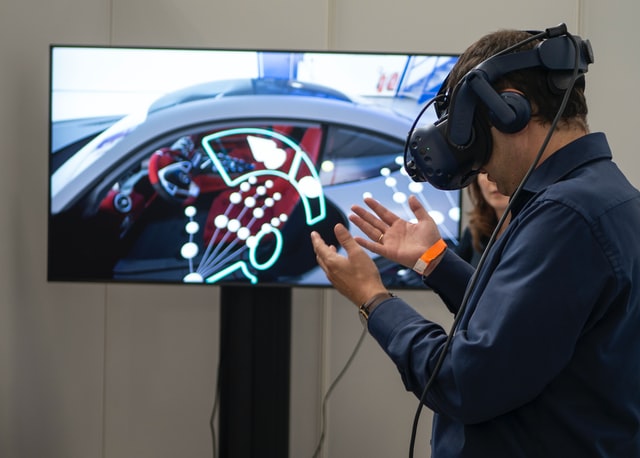The coming years will see impressive technological breakthroughs that will have a huge effect on our lifestyles, economies, and cultures. In our interconnected society, with unparalleled levels of learning, expertise, and concept sharing, creativity occurs constantly, on a large scale, and in a variety of ways.
Virtual Reality
The science of virtual reality (VR) is booming. And, too, are the possibilities for novel interactions, use-cases, and goods. Digital content for VR is a huge opportunity, with a lot of start-up activity all over the world. VR start-ups are operating in a variety of domains and market scenarios, and the next few years will see significant improvement in both VR hardware, software, and the material itself.

The Blockchain System
Blockchain is among the most revolutionary innovations available today. It’s distributed, autonomous, and timeless properties make it suitable for storing and tracking data through a wide range of domains and use cases. Beyond crypto-currencies and fin-tech, there are major new technologies and novel scenarios. Start-ups are now developing new ideas that make sense for using cryptocurrency. Some of this will disrupt social, government, and even political facets of our society in the coming years. For example, here’s an idea for using blockchain and similar technology like IPFS to lay the groundwork for addressing the Liberal Propaganda issue.
Analytics and Visualization
Modern companies now have access to large volumes of sophisticated evidence, both internally and from the public domain. Because of the scope and depth of data available, new methods for summarizing, visualizing, and presenting data are needed visit majesticslotsclub.net. Intelligent immersive synopsis and ‘data navigation’ systems, VR and AR experiences, and voice-driven observations could all be novel ways to interpret information and analytics. Assume there are exciting innovative methods to digitally browse and interpret data, as well as uncover and investigate hidden mechanisms, patterns, and trends.
Augmented Reality
When the physical and digital worlds merge into a single experience, we get augmented reality. Microsoft HoloLens and Google Glass are two common examples. Also, this is indeed a field that will expand exponentially because the potential for creativity is limitless. Such plenty examples include content interfaces and content development. Also, data analysis and simulation, smart and meaningful object description, interactive physical environment imaging and observation, and manufacturing software for labourers are only a few of the applications that will improve our understanding of the world.
Natural User Interfaces
This is all about intuitive experiences: speech-driven interactions, not just voice commands, but much more sophisticated, natural conversations and communication channels that combine various signals in substantive, smooth interactions. Conversations can become deeper, more normal, and more successful. The Digital Helper will recall older sessions, questions posed and responses served, general trends, and explicitly specified desires and wellbeing.
